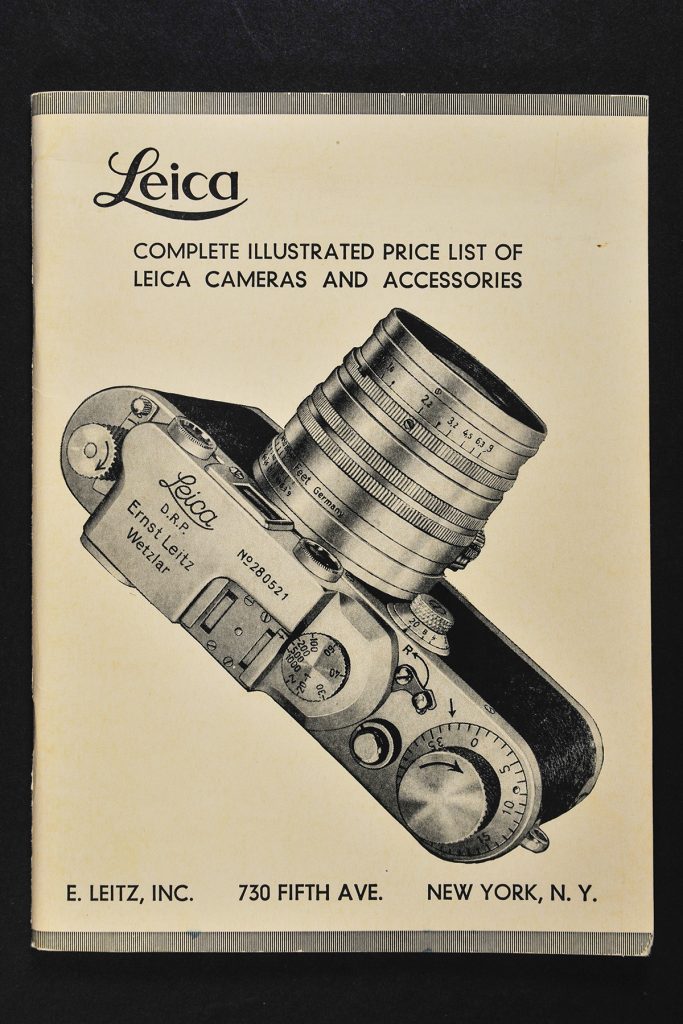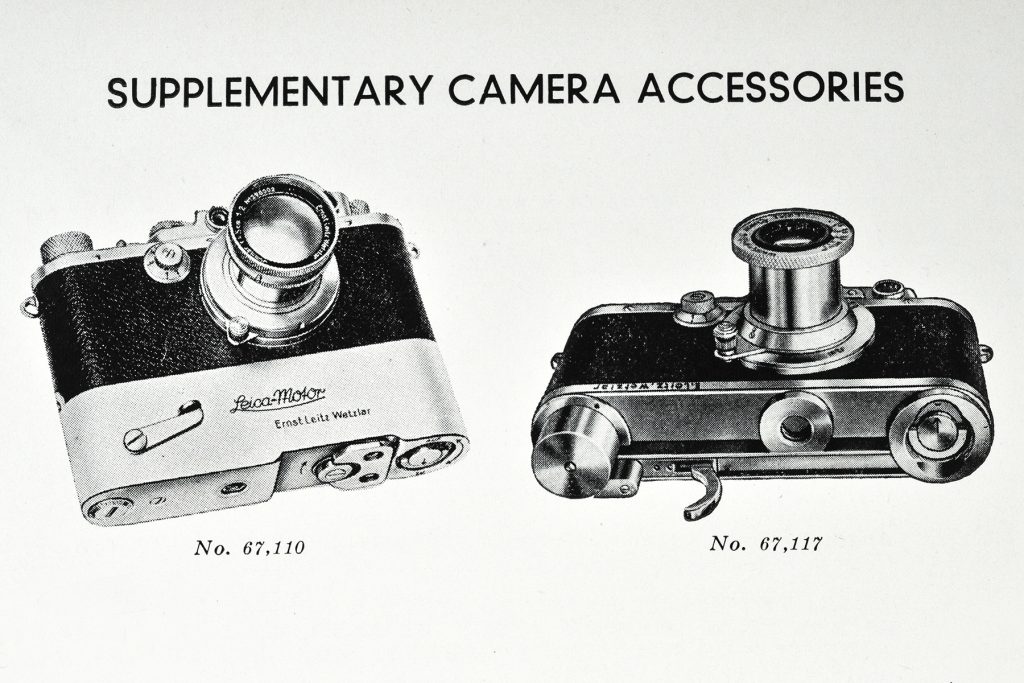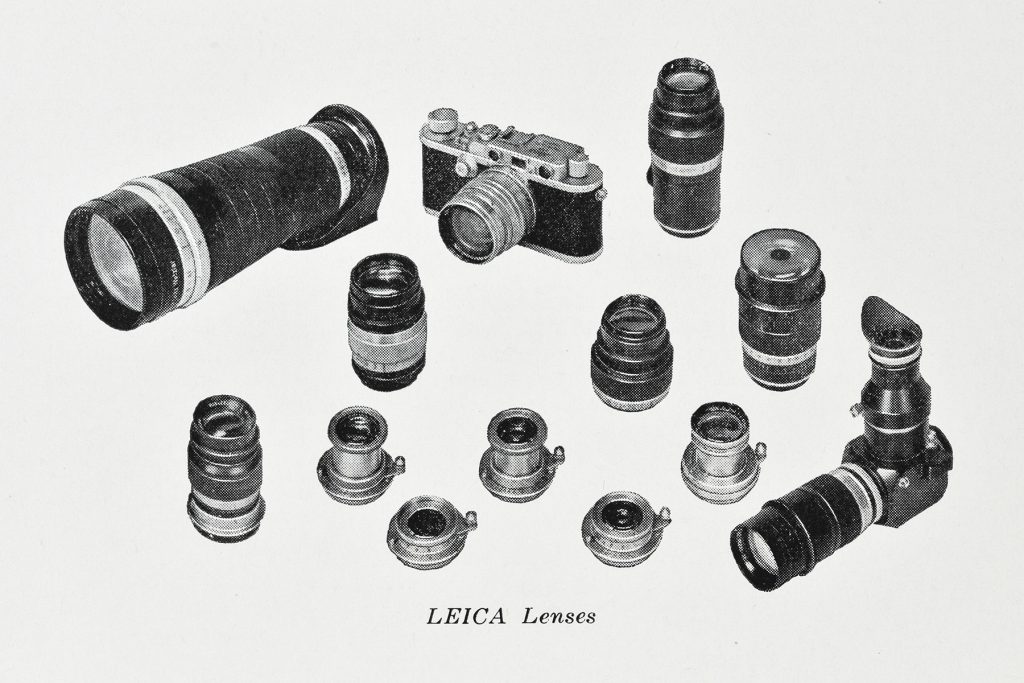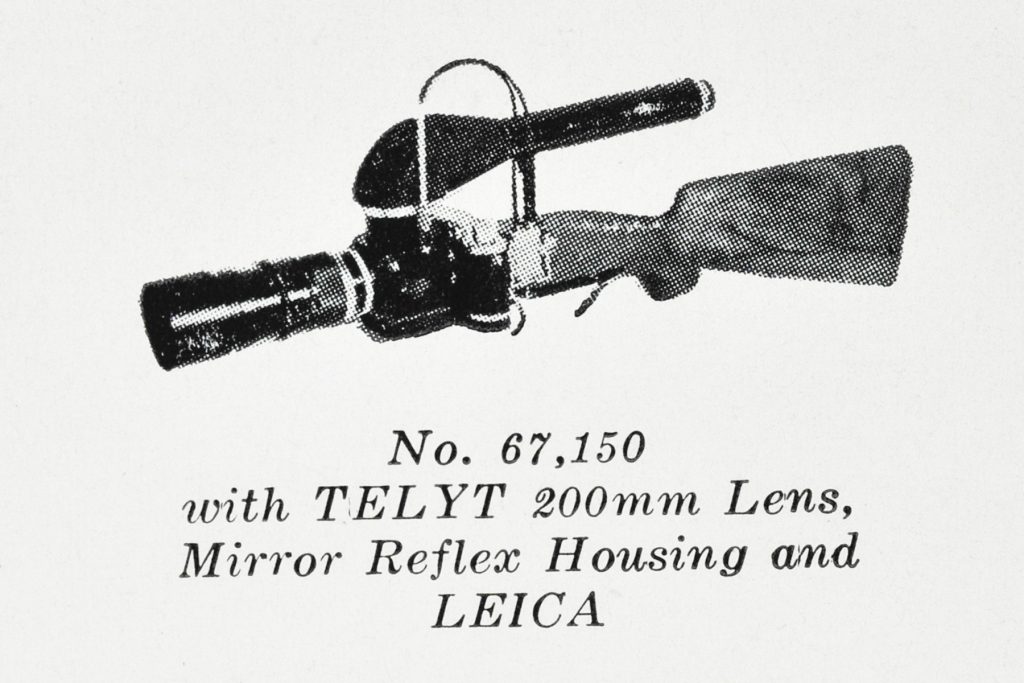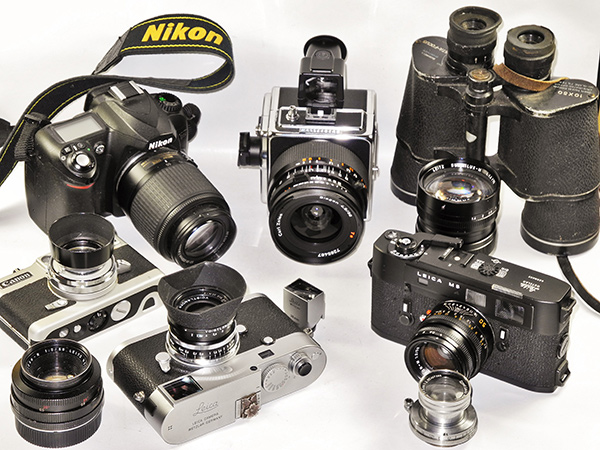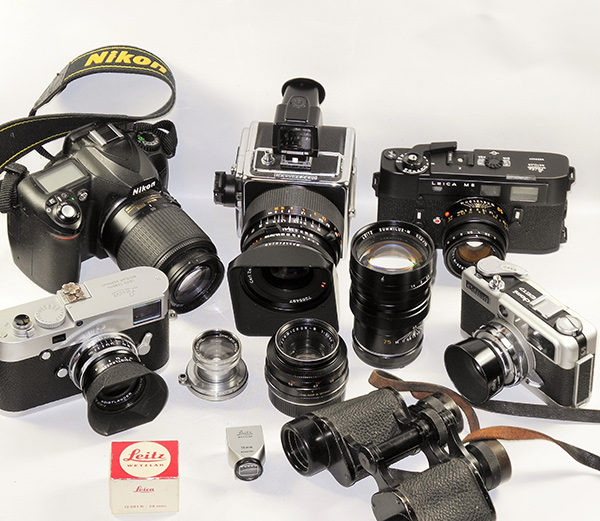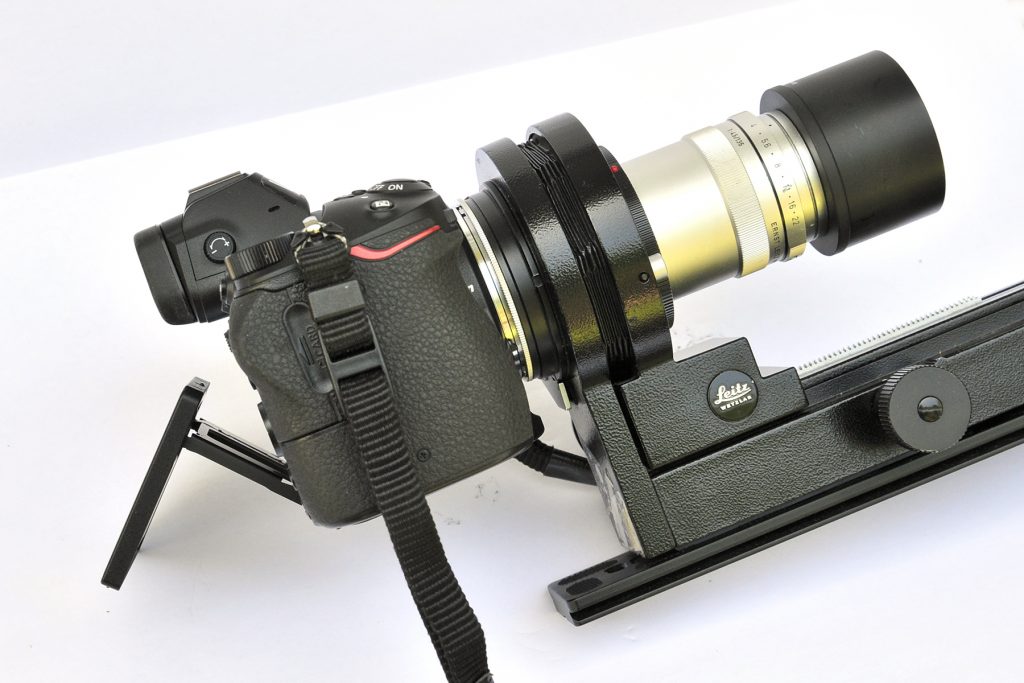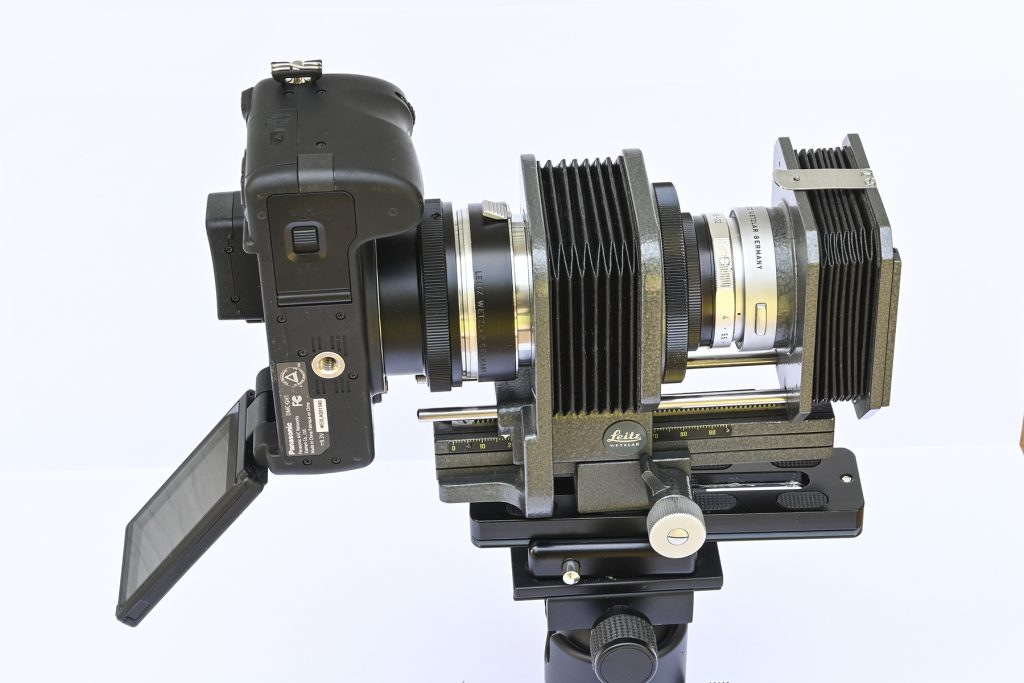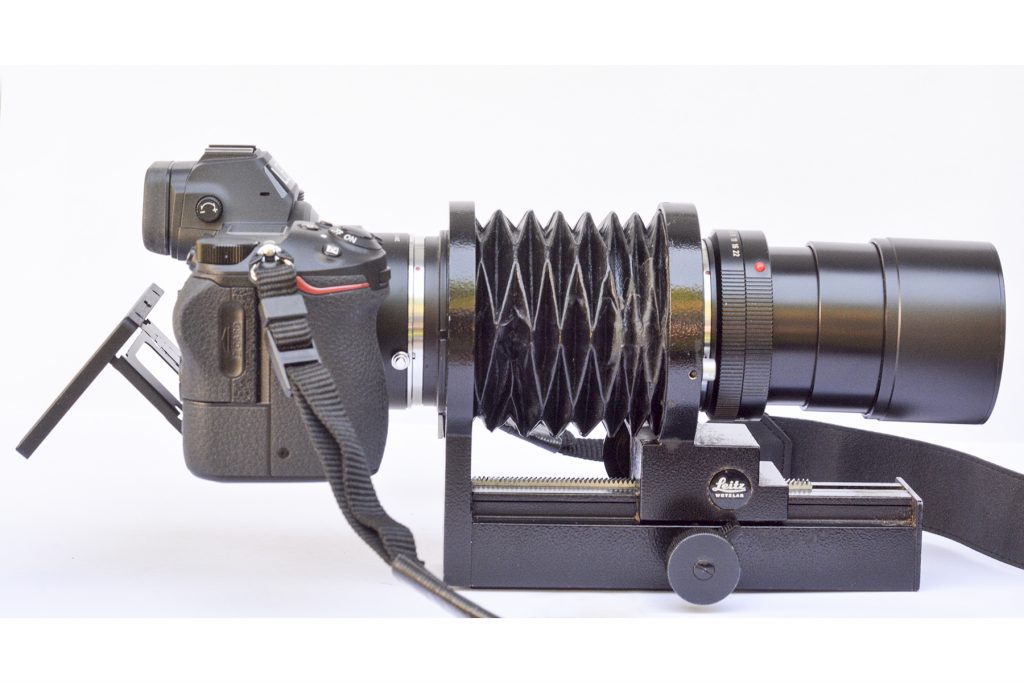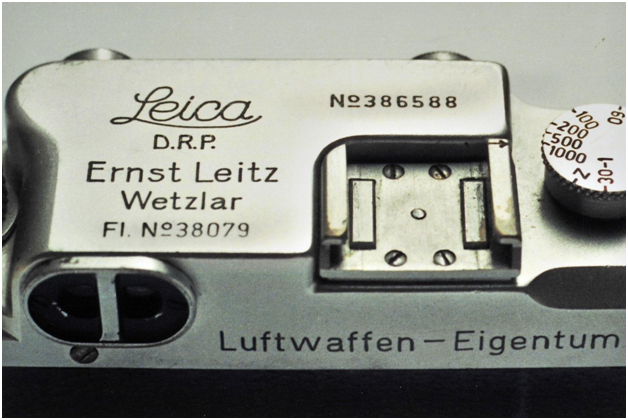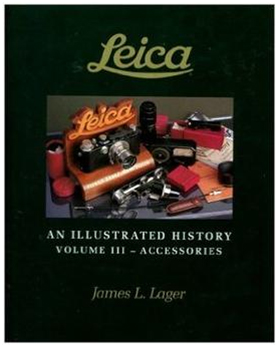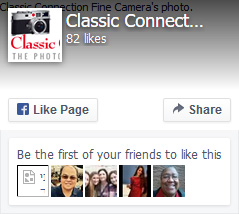Lars Netopil, internationally recognized Leica specialist, has researched the double stroke black paint finished Leica M3 and reported his findings in the Leica Historica magazine VIDOM #105 from 2013. Lars lists by serial number this infrequently encountered M3 variant.
Undoubtedly prepared on request for specialist applications, i.e. photojournalists wanting to remain as inconspicuous as possible. If you locate a black finish double stroke M3 it may have been factory prepared in this motif. Or it may have been converted from a chrome camera. Leitz Wetzlar and worldwide Leitz service agencies as well as independents could complete such conversions. Check the serial number and the finish (usually a high gloss black lacquer) and seek assistance if you have questions.
Single stroke black M3’s constitute the majority of production. The illustrations show examples that many consider the most distinctive of all M Leicas.
ILLUSTRATIONS


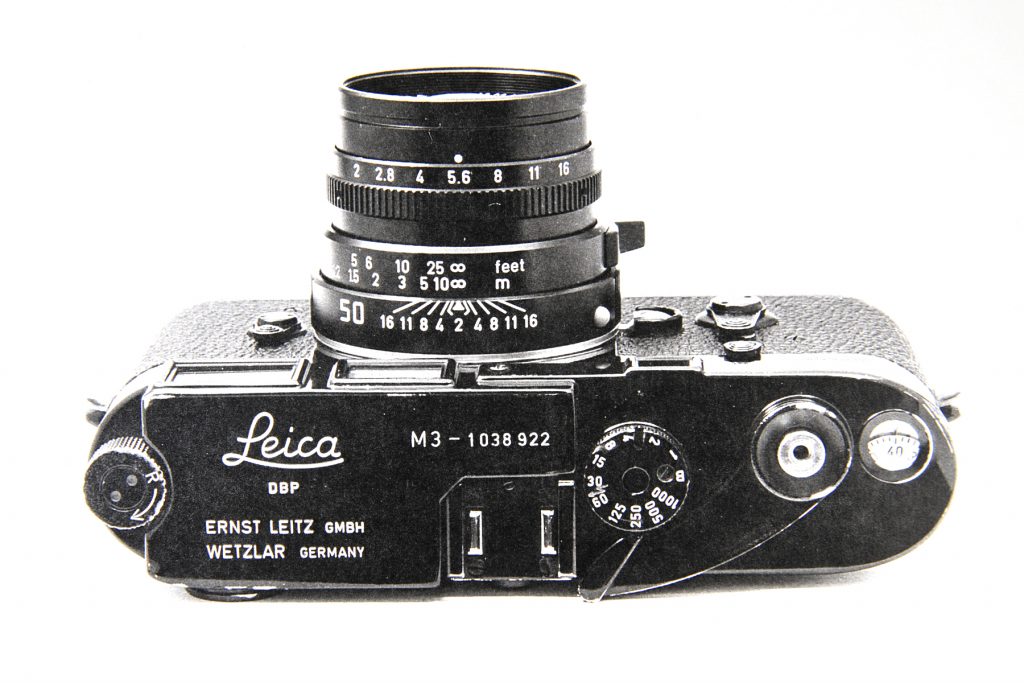
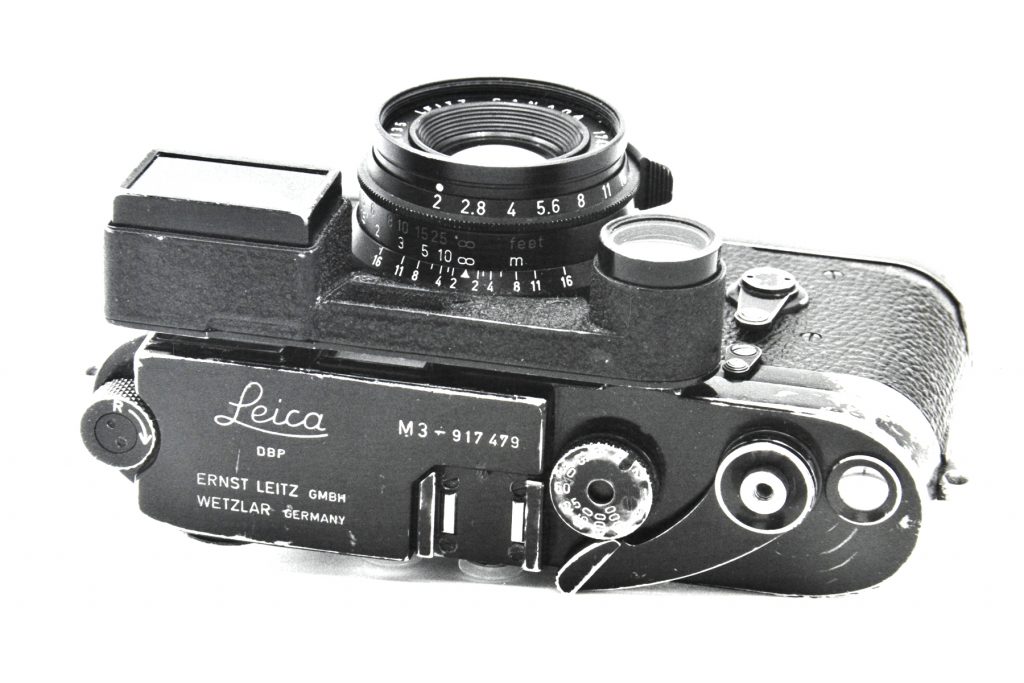
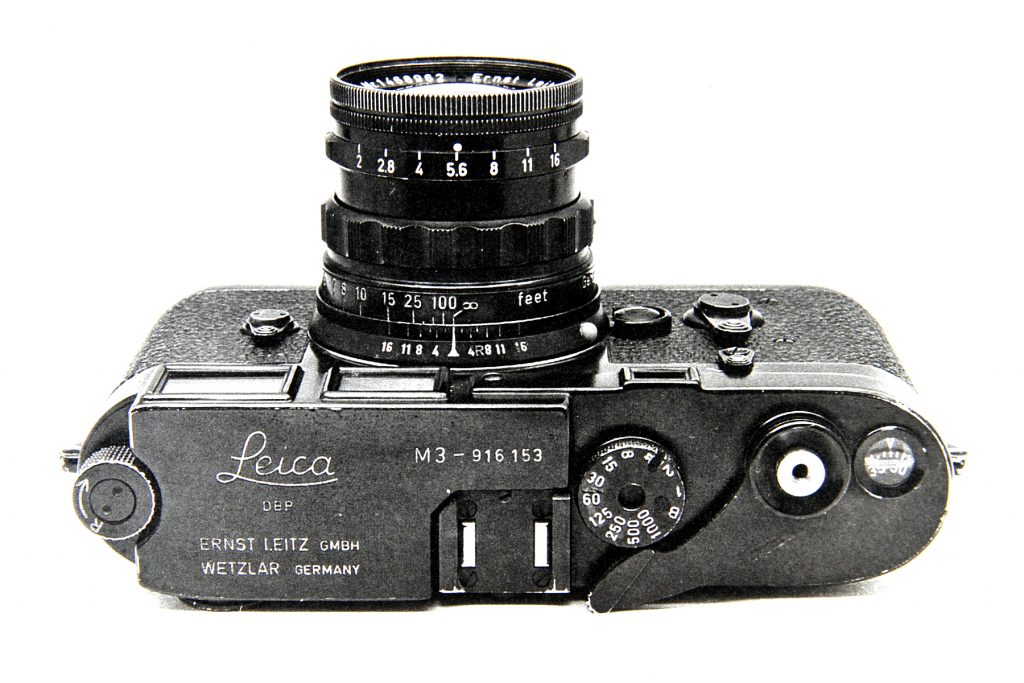
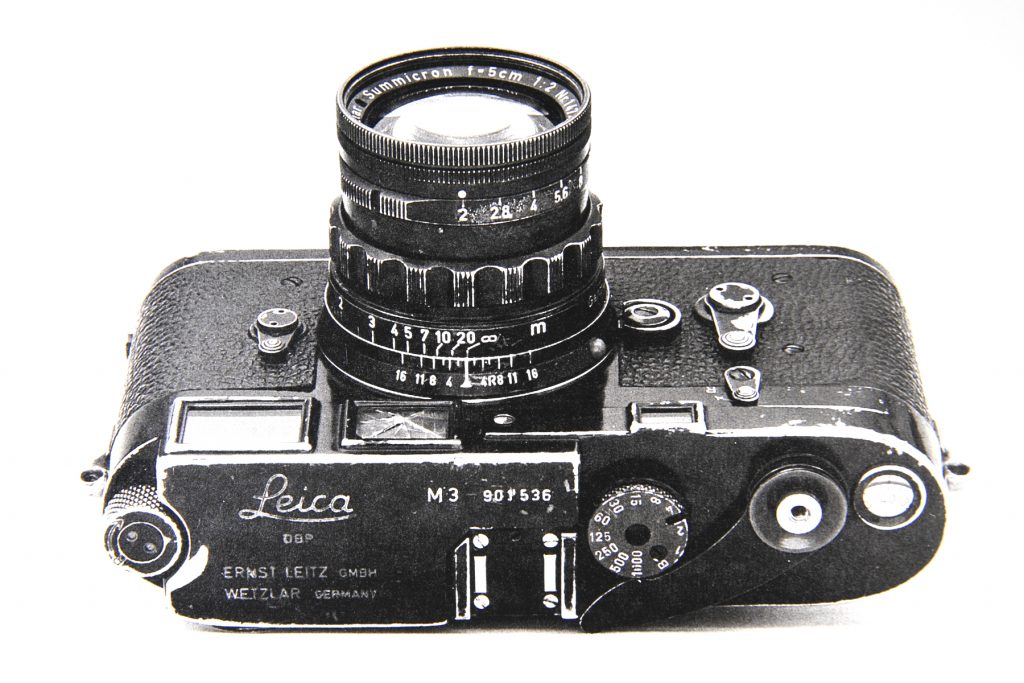
ABOUT THE AUTHOR

James L. Lager received his B.S. and M.S. degrees from Ohio State University. In 1971 he joined the Leica Technical Center of E. Leitz, Inc. Rockleigh, N.J. Since 1975 Jim has worked in the retail sector of the photo industry. The author’s previous books are; LEICA ILLUSTRATED GUIDE, (1975). LEICA ILLUSTRATED GUIDE II, (1978). LEICA ILLUS-TRATED GUIDE III, (1979), LEICA LITERATURE, (1980) and LEICA, AN ILLUSTRATED HISTORY, VOLUME I – CAMERAS, (1993) and VOLUME II – LENSES, (1994).
Jim is a past president of the Leica Historical Society of America (LHSA) and past editor of its official publication, VIEWFINDER, in which he wrote and illustrated over 100 articles. His photographs have been published in LEICA FOTOGRAFIE and LEICA PHOTOGRAPHY. Over 22 years of almost daily contact with the Leica camera on both pragmatic and esthetic levels, has given Jim Lager a unique perspective on this engaging subject.









